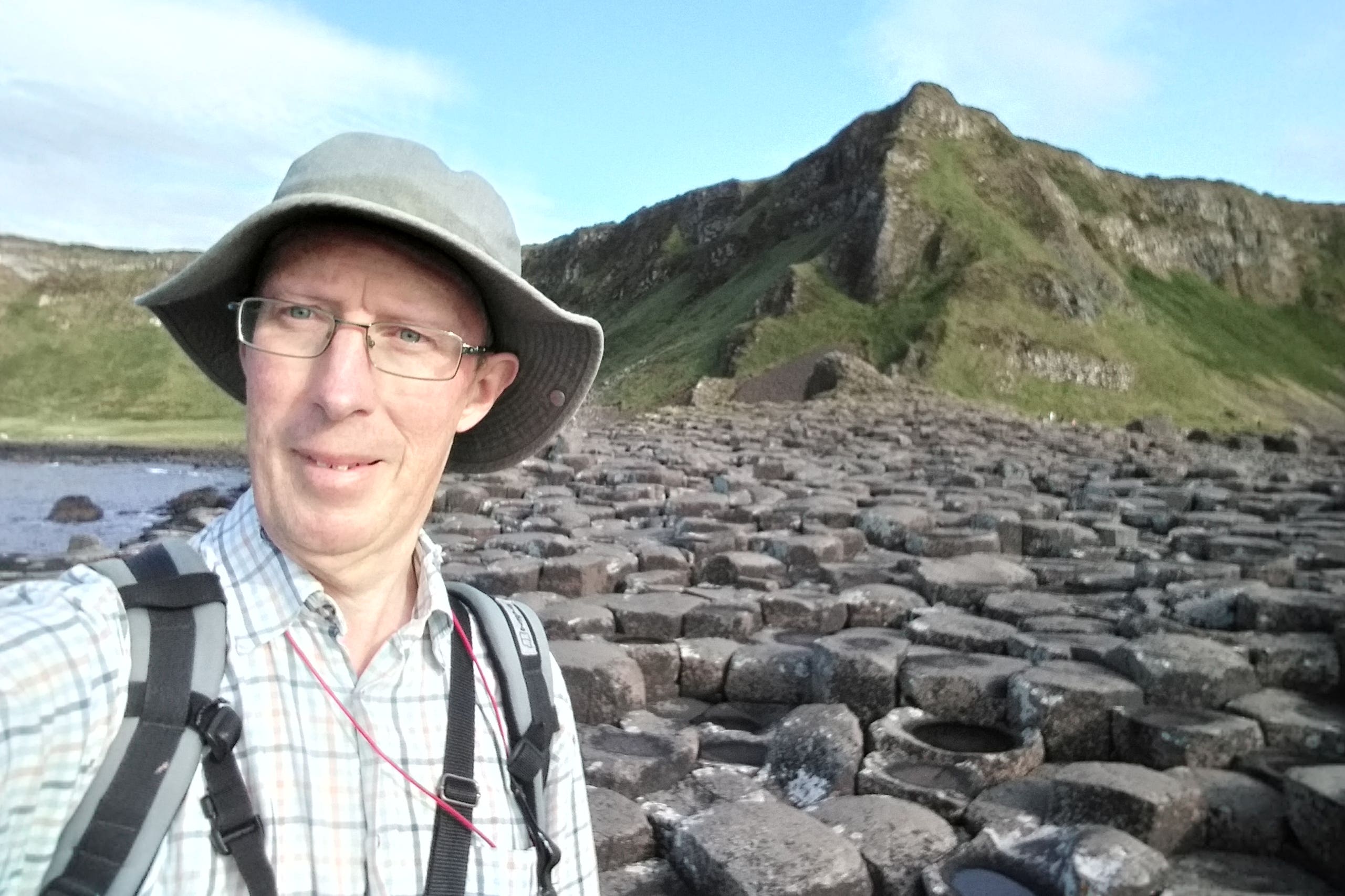Giant’s Causeway formation event may have taken just days – museum curator
The striking stones attract visitors from across the world.

Your support helps us to tell the story
From reproductive rights to climate change to Big Tech, The Independent is on the ground when the story is developing. Whether it's investigating the financials of Elon Musk's pro-Trump PAC or producing our latest documentary, 'The A Word', which shines a light on the American women fighting for reproductive rights, we know how important it is to parse out the facts from the messaging.
At such a critical moment in US history, we need reporters on the ground. Your donation allows us to keep sending journalists to speak to both sides of the story.
The Independent is trusted by Americans across the entire political spectrum. And unlike many other quality news outlets, we choose not to lock Americans out of our reporting and analysis with paywalls. We believe quality journalism should be available to everyone, paid for by those who can afford it.
Your support makes all the difference.The formation event behind Northern Ireland’s world-famous Giant’s Causeway may have taken just a few days rather than thousands of years, according to a new theory.
The origin of the striking stones, which have attracted visitors from across the world, including the late Queen, include theories ranging from them being built by the mythical giant Finn McCool to more scientific explanations.
Now Dr Mike Simms, curator of natural sciences at National Museums NI, has put forward the first new interpretation since 1940.
Dr Simms considered why the extraordinary geological features are found at sea level only.
To mark Unesco’s International Geodiversity Day on October 6, he has explained why he believes they were caused by an event which took just days.
The scientific explanation, widely accepted for decades, is that a river valley was filled with lava that ponded to a greater depth than normal. As the thick layer of lava cooled and solidified it formed these regular columns.
However, Dr Simms has put forward the idea that if this lava-filled hollow was a valley it would have cut through old layers of lava beneath.
He has identified layers of old lava on the shore either side of the Giant’s Causeway sloping inward where older layers have not eroded away.
In my interpretation, what we actually see are layers of older rock sloping towards the Causeway - more like a badly baked cake that has sunk in the middle
Dr Simms said: “An analogy I find helpful when explaining this involves cake. Eroding a river valley is rather like cutting through a layer of cake to reveal layers beneath the surface.
“In my interpretation, what we actually see are layers of older rock sloping towards the Causeway – more like a badly baked cake that has sunk in the middle.
“I believe the ground subsided as lava moved up and erupted at the surface.
“The lava filled the depression creating the conditions for the columns to form. This event likely took just a few days rather than the many thousands of years that would be needed for erosion to create a river valley.”
Dr Simms explained he first started thinking about the theory while leading a field trip to the World Heritage Site in 2012.
“I owe a particular debt of gratitude to another geologist, a young Brazilian man who was on a field trip I was leading in 2012,” he said.
It highlights just how marvellous, magnificent and mysterious a geological formation we have here in Northern Ireland to share with the world
“He questioned how long it would take to erode the supposed river valley, and it was this that opened my eyes to the evidence before me.
“I had visited the Giant’s Causeway many times before, and until that moment I had just accepted the previous theory.
“It goes to show that even at world famous landmarks such as this, new discoveries can be made from a simple observation.”
The Giant’s Causeway is Northern Ireland’s only Unesco World Heritage Site and is operated by the National Trust, which has acknowledged Dr Simms’s theory.
Max Bryant, general manager at Giant’s Causeway and Carrick-a-Rede, said there can always be new possibilities and perspectives waiting to be discovered.
“It highlights just how marvellous, magnificent and mysterious a geological formation we have here in Northern Ireland to share with the world,” he said.
I think it’s wonderful he has showcased the expertise of our team and how important museums are
Kathryn Thomson, chief executive of National Museums NI, said she is proud to support Dr Simms’s findings.
“I think it’s wonderful he has showcased the expertise of our team and how important museums are,” she said.
“Yes, we provide spaces for people to explore and learn, but our teams also make meaningful contributions elsewhere.
“As a knowledge-based organisation, our staff are uniquely placed to present research and ideas.
“By using our vast natural science collections, for instance, we can support new discoveries and promote responsible and ethical action when it comes to our natural world.”
Dr Simms’ paper can be read here https://www.researchgate.net/publication/354072108_Subsidence_not_erosion_Revisiting_the_emplacement_environment_of_the_Giant’s_Causeway_Northern_Ireland